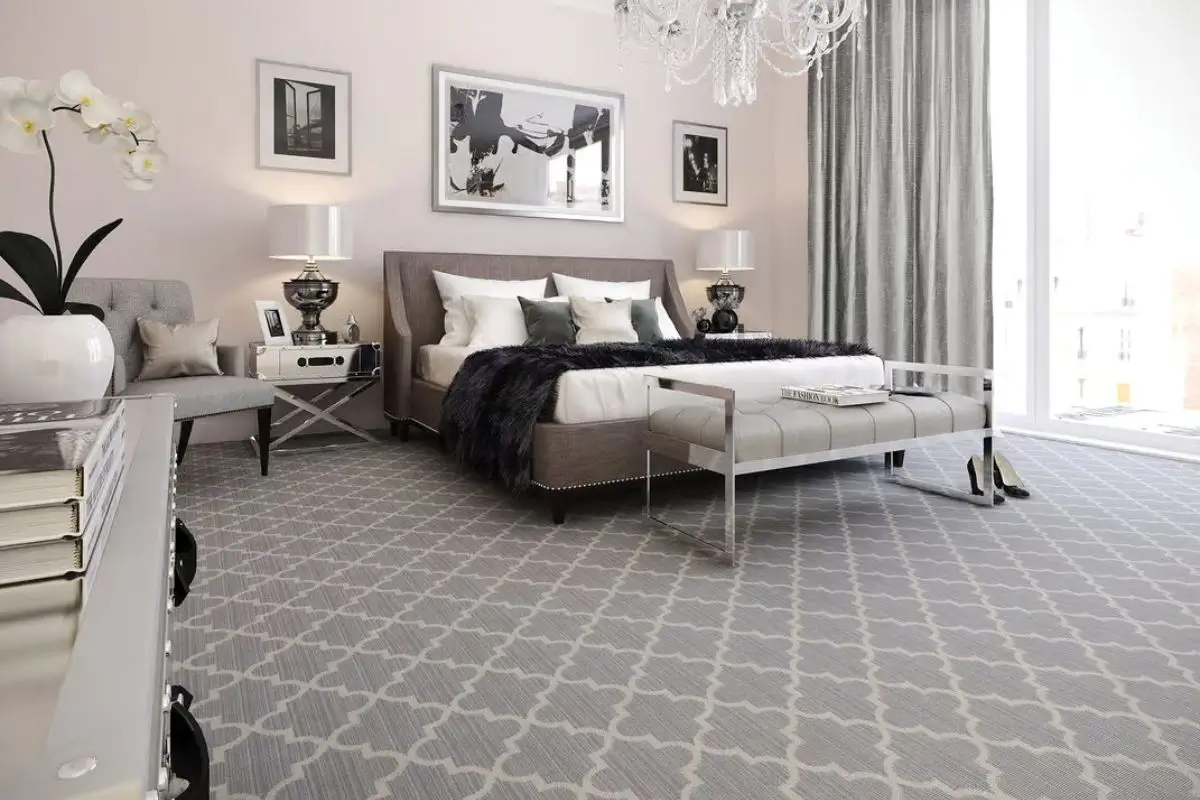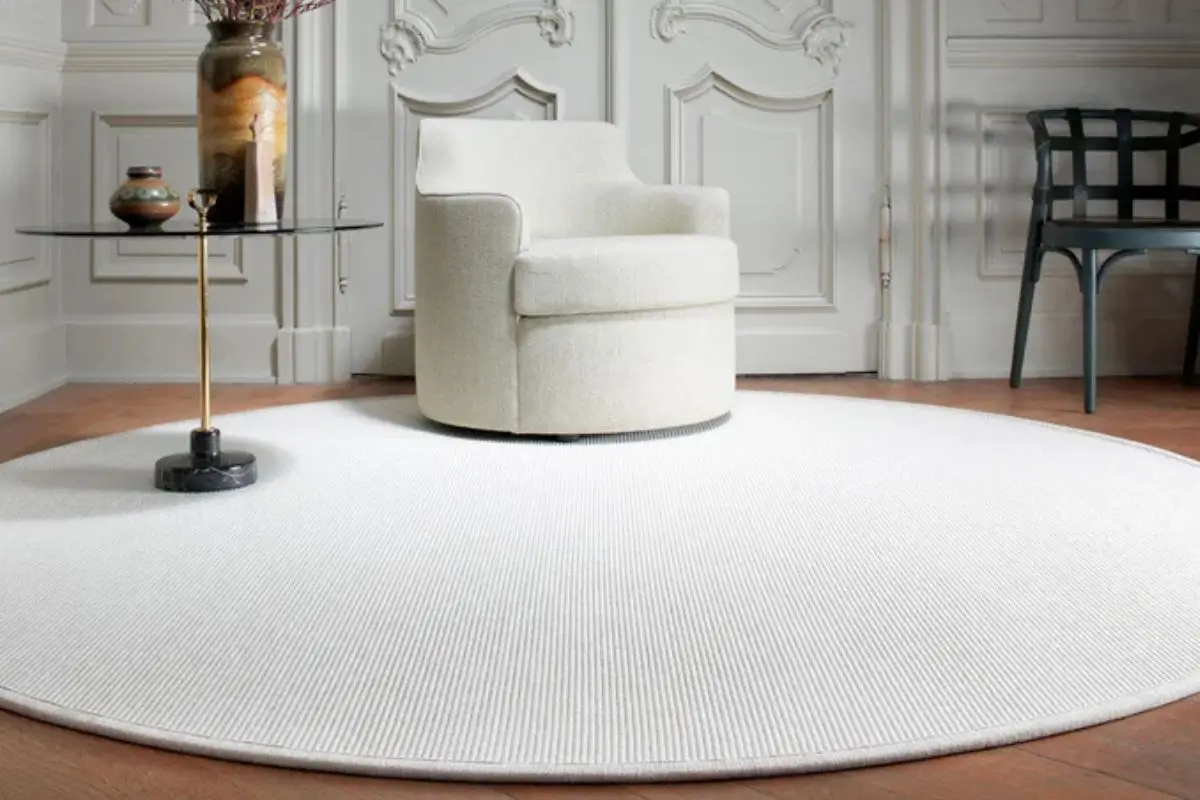Underfloor heating has grown in popularity as homeowners seek more efficient and even heating solutions that free up space and enhance comfort. This system’s success, however, hinges on selecting the right carpet. The type of carpet used plays a significant role in determining how well heat is distributed throughout the room. If the wrong carpet or underlay is chosen, heat transfer can be hindered, impacting both comfort and energy efficiency. In this guide, we’ll explore essential factors, top material choices, and expert tips for choosing the best carpet for underfloor heating. By understanding these elements, you can make an informed choice that boosts the effectiveness and longevity of your heating system.
Understanding Underfloor Heating Systems: The Basics You Need to Know
Underfloor heating systems work by radiating heat from the floor upwards, creating a comfortable, uniform warmth. There are two main types: electric systems, which are easier to install and ideal for retrofitting, and hydronic (water-based) systems, which are highly efficient for larger areas and new constructions. The type of system you have will impact your choice of flooring. Carpets that are too thick or have high thermal resistance can impede heat transfer, leading to inefficiencies. A good understanding of your system’s requirements is the first step to ensuring that your carpet choice supports optimal performance and comfort.
Key Considerations: What to Look for When Choosing a Carpet
When selecting a carpet for underfloor heating, focus on three main aspects: material suitability, carpet thickness, and thermal resistance (TOG rating). Opt for materials like wool or synthetic blends that efficiently conduct heat. Carpet thickness also matters—thicker carpets may provide more cushioning but could reduce heat transfer. Look for carpets with a TOG rating between 1.0 and 2.0, as anything higher may block heat flow. The underlay you choose is equally important. Specialized underlays designed for underfloor heating can maintain efficiency and comfort. Keeping these factors in mind ensures your carpet choice enhances your heating system rather than impedes it.
Top Carpet Materials: Heat-Conducting Options That Work
Wool Carpets are a natural choice for underfloor heating due to their excellent thermal properties, allowing heat to pass through while providing a comfortable feel. Polypropylene Carpets are known for their cost-effectiveness, good heat conductivity, and stain-resistant nature, making them great for high-traffic areas. Nylon Carpets are durable and handle continuous exposure to heat well, retaining their shape and appearance. Blended Carpets, which combine wool with synthetic fibers, offer a mix of durability and efficient heat transfer. Understanding the strengths of each material can help homeowners align their needs for comfort, efficiency, and budget.
Top Carpet Picks: The Best Brands and Products
Homeowners looking for the best options should consider products specifically designed with underfloor heating in mind. Brands like Cormar Carpets provide wool-rich options with TOG ratings that ensure effective heat transfer. Mohawk Flooring’s SmartStrand series offers synthetic fiber carpets that combine heat conductivity with environmental sustainability. Axminster Carpets are another excellent choice, providing high-quality wool blends that balance luxury and functionality. Always compare features such as TOG ratings, durability, and ease of maintenance when selecting a product. The right carpet enhances both your heating system’s efficiency and your home’s comfort.
Expert Installation Tips: Maximizing Heat Transfer
Installation is key to getting the most from your carpet and underfloor heating system. Ensure you use an underlay compatible with underfloor heating, typically with a low TOG rating. This step maximizes heat transfer without losing the insulation properties needed for comfort. The carpet should be laid evenly, avoiding any wrinkles or air pockets that can block heat. Professional installation is recommended to avoid damaging the heating system and ensure optimal performance. These measures will extend the life of your carpet and keep your heating system working efficiently.
Maintenance and Care: Keeping Your Carpet and System in Top Shape
Maintaining your carpet and underfloor heating system is essential for performance and longevity. Regular vacuuming helps prevent dust accumulation, which can impede heat transfer. Use gentle cleaning methods and avoid harsh chemicals that may degrade carpet fibers. Consistent temperature settings for the heating system prevent excessive wear on the carpet. For deep cleaning, hire professionals who are familiar with underfloor heating systems to avoid potential damage. Proper maintenance helps sustain heat flow and keeps the carpet in pristine condition for years.
Common Pitfalls to Avoid: Don’t Let These Mistakes Reduce Efficiency
One common mistake is selecting a carpet with a high TOG rating, which can impede heat transfer and reduce efficiency. Always ensure that the total TOG rating for both carpet and underlay stays below 2.5. Another error is using a standard underlay, which may block heat. Choose one designed for underfloor heating. Skipping professional installation can lead to issues such as air pockets that trap heat. Finally, avoid turning your heating system to its maximum setting immediately after installation, as this can damage the carpet. Being aware of these pitfalls can save you from costly errors and inefficiencies.
FAQs: Quick Answers to Common Concerns
Can all carpets be used with underfloor heating? No, only carpets with suitable TOG ratings and materials should be used.
Is wool a good option? Yes, wool is ideal due to its natural thermal properties.
What type of underlay is best? Use underlays designed specifically for underfloor heating.
Does carpet thickness matter? Yes, a thicker carpet can block heat, so opt for a balanced choice.
Is it safe to use carpets with underfloor heating? Yes, when installed correctly, carpets enhance comfort and warmth safely.
Conclusion
Choosing the best carpet for underfloor heating is a balance of functionality, comfort, and aesthetics. Materials such as wool, polypropylene, nylon, and blends offer various benefits suited to different needs and budgets. Proper installation, compatible underlay, and regular maintenance ensure your heating system performs optimally and your carpet stays in good condition. Avoiding common mistakes like selecting high TOG-rated carpets or unsuitable underlays will prevent reduced heat efficiency and costly fixes. With the right choices, you can enjoy a warm, inviting home with the added comfort of underfloor heating for years to come.






